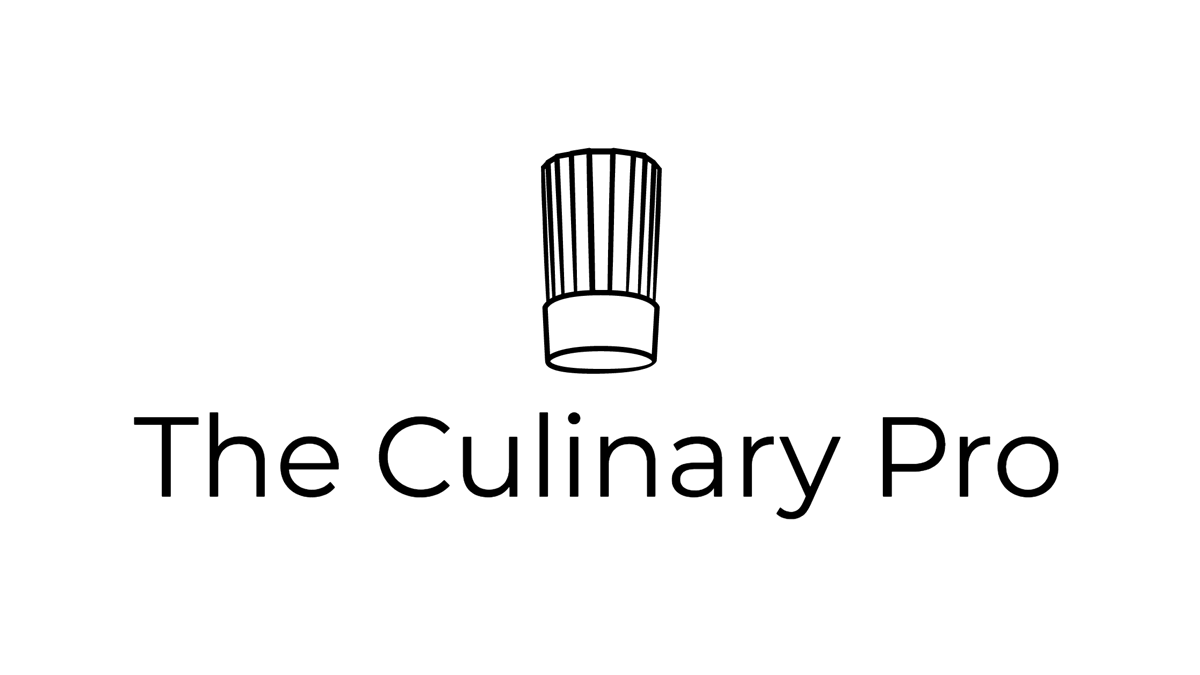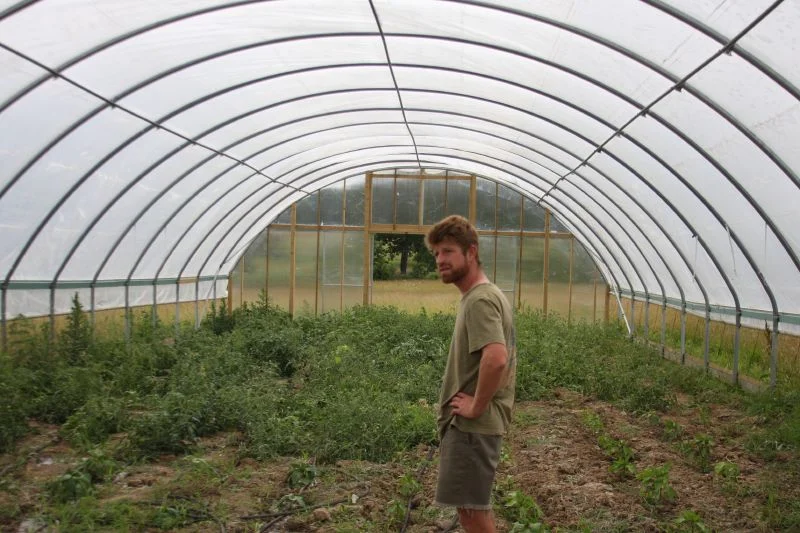Global Flavors
What Defines a Cuisine?
World cuisines are defined by traditional ingredients, seasonings, and cooking practices that evolved within a particular geographic area. Ethnic cuisines, a term often used to distinguish this style of cooking from more familiar foods, is a cultural experience that is difficult to recreate when removed from the nuances of the land, ingredients, and people that comprise its heart and soul. But given insight and understanding of the unique characteristics that make up a cuisine, we can recreate authentic tasting food that comes close to its spirit.
The term flavor profile defines foods prepared in a particular ethnic style including Italian, Moroccan, or Thai. Ethnic flavors are created by the combination of primary and secondary ingredients, herb and spice combinations, and indigenous cooking techniques. In Mexican cooking, an achiote paste would include annatto, cumin, cilantro, and dried chilies, while the seasonings in an Indian curry might include turmeric, cardamom, coriander, and cinnamon.
Traditions
The traditions of food preparation are the basis for defining ethnic cooking. Cooking without tradition can be soulless and lack authenticity. Traditions are found in the culture and history of the people and the land.
Ingredients
The heart of cooking ethnic or regional cuisine is the indigenous ingredients found in a particular part of the globe. Many cultures use similar ingredients, but the food combinations and proportion of ingredients will define and differentiate the preparation from other styles of cooking. The geography of the land often defines the ingredients based on the growing conditions of the terrain and the climate. Factors that influence food stocks include access to arable land, freshwater, coastlines, diversity in vegetation, and animals for hunting or breeding. Cuisine can be diverse and abundant if the climate and geography are rich and lush, or minimal if there are extremes in the climate and terrain, as in deserts or mountainous regions. Herbs and spices are unique identifiers of the cuisine; they too follow certain combinations and proportions based on ethnicity. The heart of cooking ethnic or regional cuisine is the indigenous ingredients found in a particular part of the globe. Many cultures use similar ingredients, but the food combinations and proportion of ingredients will define and differentiate the preparation from other styles of cooking. Geography of the land often defines the ingredients based on growing conditions of the terrain and the climate. Factors that influence food stocks include access to arable land, fresh water, coastlines, diversity in vegetation, and animals for hunting or breeding. Cuisine can be diverse and abundant if the climate and geography are rich and lush, or minimal if there are extremes in the climate and terrain, as in desserts or mountainous regions. Herbs and spices are unique identifiers of the cuisine; they too follow certain combinations and proportions based on ethnicity.
Flavor Combinations
Many cultures use similar ingredients but the defining difference has a lot to do with the spices and herbs, food combinations, and proportion of ingredients.
Techniques
If ingredients are the heart of ethnic cooking, traditional techniques are the soul. Today, ethnic ingredients can be procured globally, but the techniques are passed along through the practitioners of the cuisine. Whether it is Asian stir-fry, Spanish paella, or a Mexican mole, they all require observing and honoring the traditional techniques that make them unique to their cuisine. Often this requires special tools such as a paellera for creating Spanish paella, a brick oven for Italian pizza, or a tortilla press for preparing handmade tortillas.
Additional Factors
Geography defines the growing conditions of the land-based on the terrain and the climate. Factors include access to arable land, freshwater, coastlines, and diversity in vegetation and animals for hunting or breeding. Cuisine can be diverse and abundant if the climate and geography are rich and lush, or minimal if there are extremes in the climate and terrain as in desserts or mountainous regions.
Religion & Culture
Religious and cultural customs set formal or informal rules for how foods are combined, prepared, and eaten. In Jewish cooking, meats and dairy are never served at the same meal, Seventh-day Adventists don’t drink coffee, Italians don’t eat cheese with fish, and while horsemeat is eaten in some European countries most people in the US frown on its consumption. Knowing these cultural or religious taboos will help you to create authentic foods and avoid mistakes when preparing and serving ethnic cuisines.
Economics
Economic conditions affect the prosperity of a population. Greater wealth will result in better food options and higher-quality food products. Along with the refinement and sophistication of the cuisine, it also indicates the ability of people to sustain themselves on a healthy diet. A stable government, often a sign of economic prosperity, provides the infrastructure (food policies, transportation, currency) for farming and food production. Ruling governments and royal courts, including in France, Italy, and Thailand, have also set standards for cuisine that have lasted for
Government
Governments often set standards for cuisine that have lasted for centuries. Historically, royal courts had the ability to sponsor great and lasting innovations and traditions in cuisine. French, Italian, and Thai royal courts have all featured prominently in defining their cuisines. Caterina De Medici is acknowledged for bringing an Italian influence into the French courts when she married Prince Henry in 1533. Marie-Antoine Careme (1784-1833), was called the king of cooks and the cook of kings because during his career he worked for French, English, and the Russian nobility. Stable governments also provide the infrastructure for transportation, trade, and currency that aids economic prosperity. Chinese, Thai, and Korean dynasties were known for their advancement in cuisine
Farming and Food Processing Techniques
Hoop House Farming
Innovations in farming, food processing, and preservation have fueled advances in the culinary field. Traditional farming methods championed by working families have given way to large industrial factory farms where 99% of livestock in the United States is now raised. These methods have increased production resulting in more food available throughout the world, and cheaper food requiring less labor. Alternative farming techniques, including sustainable methods using no chemical pesticides or fertilizers, and utilizing animal and crop rotation, are championed because they protect the environment, create biodiversity in crops and animal species, are sensitive to animal welfare, and produce organic foods.
Chefs & Culinary Innovators
French Chef Pierre Gagniare
Chefs, often a driving force in promoting culinary trends and standards, are the practitioners who strive to perfect and codify the cuisine. The great chef Auguste Escoffier is synonymous with classical French Cuisine, Ferran Adria is the leading chef behind the Modernist Cuisine movement, and Alice Waters is famous for pioneering California cuisine. Chefs are often the innovators at the forefront of culinary trends that become mainstream for mass consumption.
The Evolution of a Cuisine
Cuisines evolve and change over time through travel, trade, and the discovery of new ingredients. Many of the flavors associated with Italian cuisine were not indigenous to the region. Tomatoes were brought from the Americas, basil from India, and olives originated in North Africa. Cultures often borrow, adapt, and incorporate new ingredients into their customs. North and South America, the places of origin for potatoes, corn, and chocolate, helped create a food revolution when European colonists brought those ingredients back to their homeland. People migrate and transplant their culture to new communities, creating fusions and blends that transform into new styles. Today, especially in the United States where many different cultures converge, fusion cooking or an “anything goes” mentality can be innovative or it can grossly misrepresent the ethnic authenticity of the food and culture. Globally inspired cuisine ‘mash-ups” can be done well only if it is executed through a well-informed process and respect for ethnic cultures.
Ethnic Cooking in the Professional Kitchen
What makes any ethnic cuisine unique is the time-tested, classic combination of herbs, spices, and indigenous ingredients that define their traditions. When recreating these world cuisines look to the flavor profiles, food combinations, and cooking techniques for authenticity. Any cuisine can be recreated when you understand these rules. Although it is difficult to recreate a cuisine with authenticity when you separate it from the land and the local nuances of available ingredients (think of terroir and French wine), you can get very close when you understand the history, culture, and classic pairings of spices and ingredients that define it.










